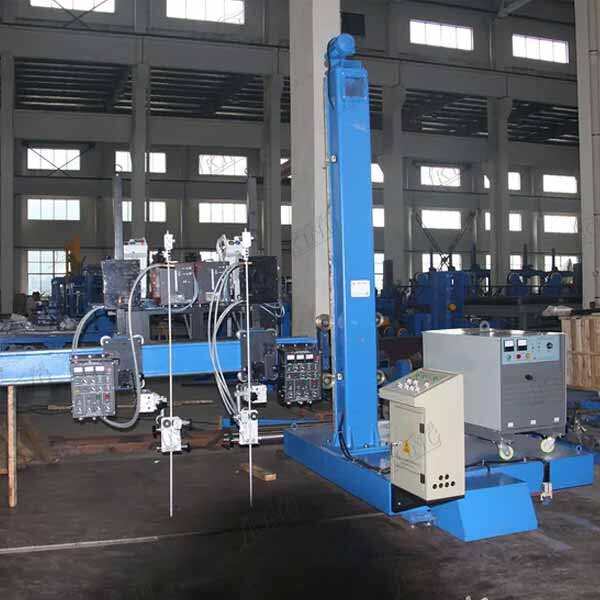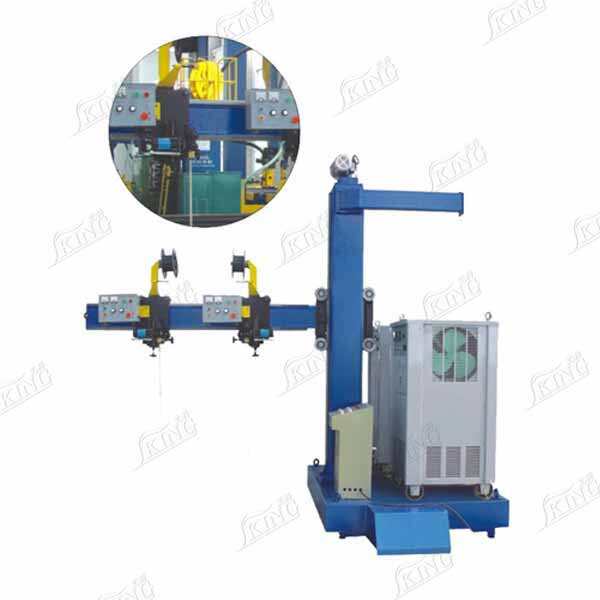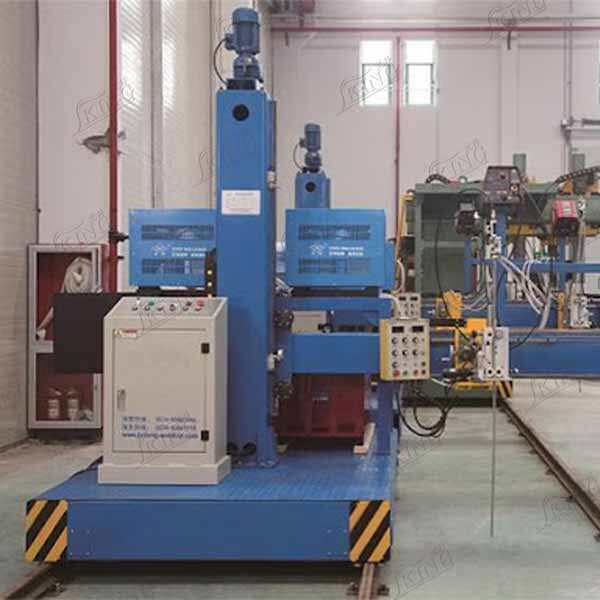energysaving electroslag welding technology
Energysaving electroslag welding technology represents a significant advancement in modern welding practices, combining efficiency with superior quality results. This innovative process utilizes electrical resistance to generate heat through a molten slag bath, creating high quality welds while consuming significantly less energy than traditional methods. The technology operates by maintaining a molten slag pool between the workpieces, which acts as both a heating element and a protective barrier. The process is particularly effective for thick section welding, typically ranging from 1 to 12 inches, and excels in vertical welding applications. The system incorporates advanced control mechanisms that precisely regulate power input, slag composition, and cooling rates, ensuring optimal weld quality while minimizing energy consumption. This technology finds extensive application in heavy industrial sectors, including shipbuilding, pressure vessel manufacturing, and structural steel construction. The process stands out for its ability to complete welds in a single pass, even on extremely thick materials, while maintaining consistent penetration and mechanical properties throughout the joint. Modern implementations of this technology feature sophisticated monitoring systems that provide real time feedback on welding parameters, enabling precise control and documentation of the welding process.


